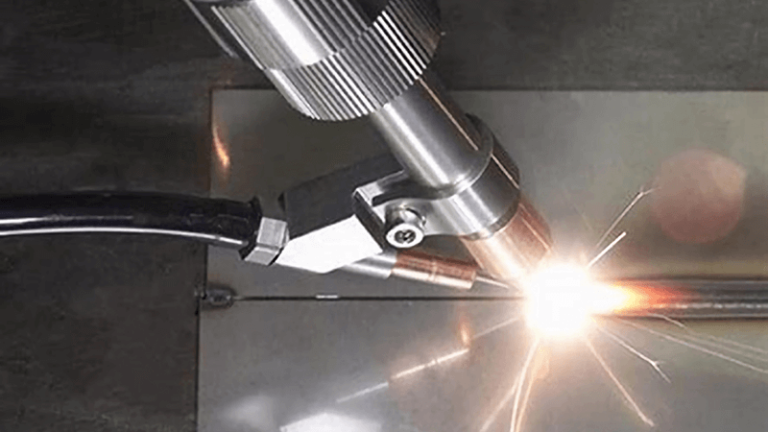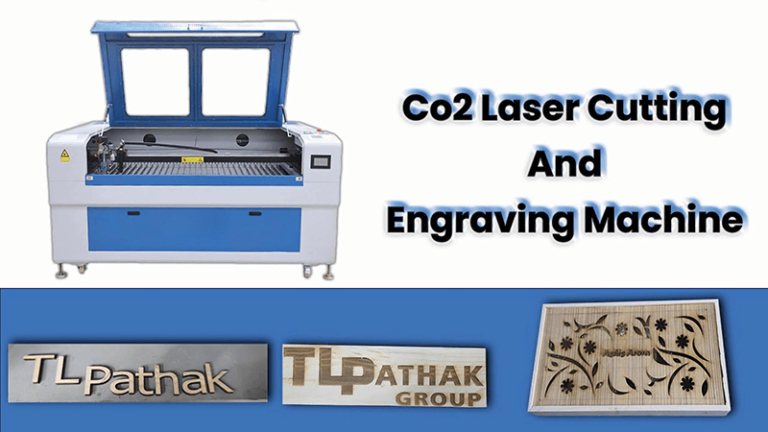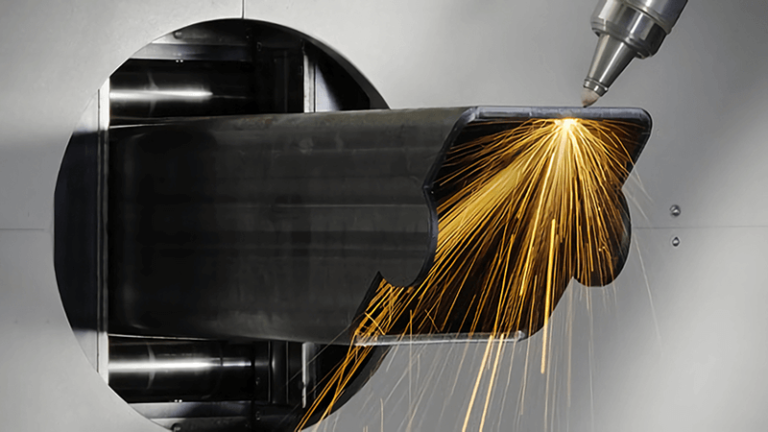Welding different thicknesses of metal presents unique challenges. Choosing the right welding technique can significantly impact the quality, speed, and strength of the weld. Today, let's dive into the best approaches for welding thin and thick metals from the perspective of Kirin Laser, a leader in laser welding technologies.
When welding thin and thick metals, selecting the correct method is key. Thin metals benefit from heat conduction welding, while thicker metals require deep penetration welding for strong, durable results. Laser welding, with its precision, is an excellent option for both, allowing for better control and fewer imperfections.
At Kirin Laser, we understand the unique demands of welding metals of different thicknesses. With our state-of-the-art laser welding machines, we provide solutions that ensure optimal results. Let's explore how we approach each of these challenges.

What is the best welding method for thin metal?
Welding thin metal can be tricky, as too much heat can cause warping or burn-through. So, which method provides the best balance of heat and control? Let’s find out.
The best method for welding thin metals is heat conduction welding. In this technique, the laser melts just the surface of the material, creating a clean, controlled weld without excessive heat buildup that could damage the metal.
Thin metals such as sheet metal, aluminum, and stainless steel require a delicate balance of heat input to avoid warping or burn-through. Laser welding, particularly heat conduction welding1, excels at controlling this balance and provides several advantages over traditional methods.
Why Heat Conduction Welding Works
Heat conduction welding works by directing the laser beam to the surface of the material. The heat is conducted into the material, melting only the top layer to form a bond. This process prevents excessive penetration of heat, which would distort or burn through the material. The precision of laser welding2 makes it particularly effective for thin metals, where heat control is critical.
Benefits of Heat Conduction Welding for Thin Metal
| Benefit | Explanation |
|---|---|
| Minimal Heat Input | Only the surface melts, reducing the risk of warping or burn-through. |
| Faster Processing Time | Laser welding is faster than traditional methods due to high precision. |
| Clean and Neat Welds | The process is clean, reducing the need for extensive post-weld cleanup. |
| Increased Material Strength | The precise control of heat ensures minimal deformation and maintains the strength of the material. |
This technique is ideal for applications in industries like automotive, aerospace, and electronics, where high-quality finishes and minimal distortion are crucial.
Speed and Precision
Laser welding is faster and more accurate than traditional welding methods. The laser beam can be focused on a small area, allowing for quick melting and solidification of the material. This leads to reduced processing times and minimizes thermal stress on the material. Additionally, the ability to adjust the laser parameters means the operator can achieve a consistent, high-quality weld with minimal defects.
Minimal Post-Weld Cleanup
Due to the precision and cleanliness of the welds produced by laser welding, there is often less spatter and distortion. This means less post-weld cleanup is required, making laser welding a more efficient and cost-effective solution for thin metal materials.
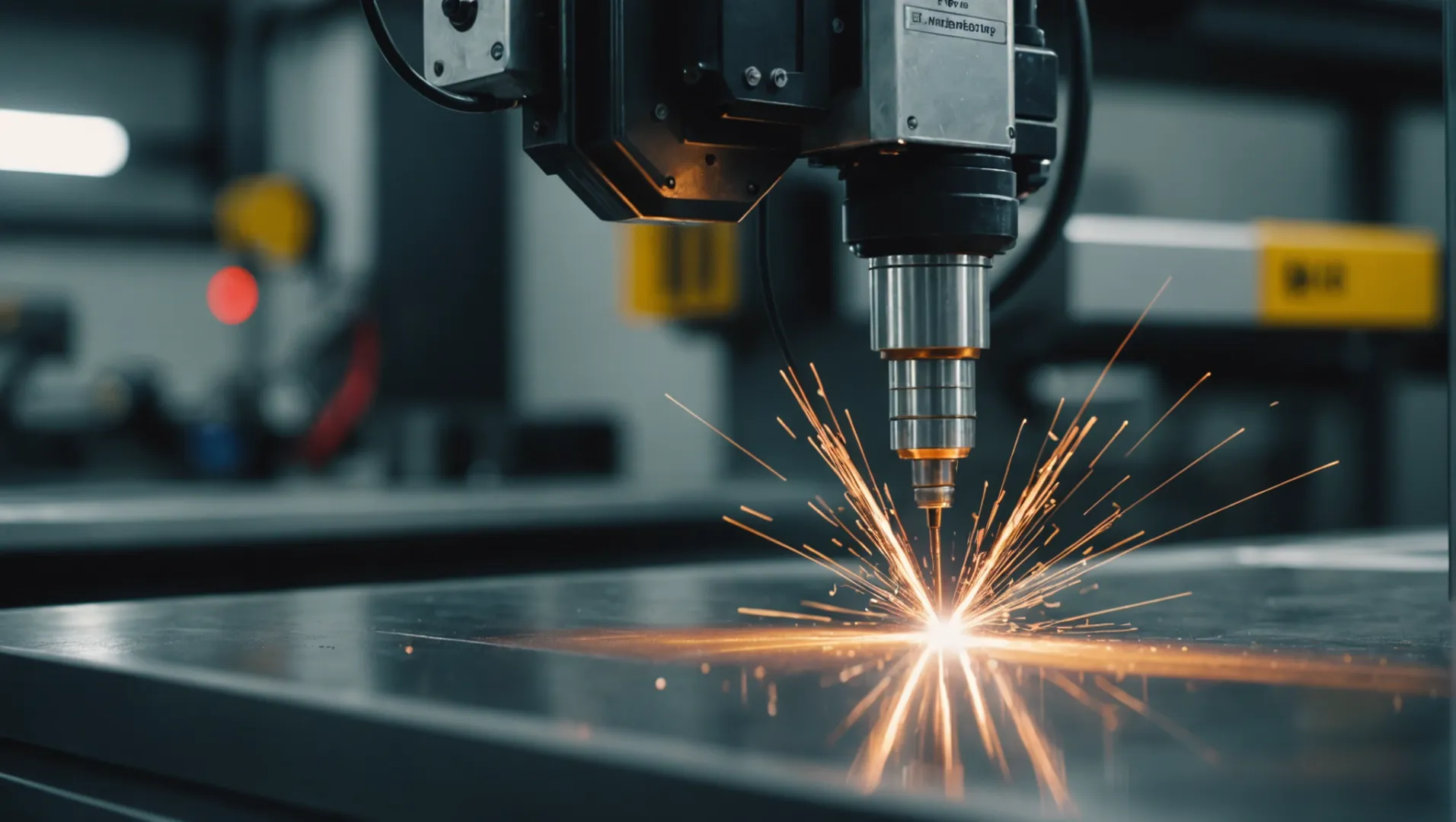
What is a useful technique when welding metal of different thickness?
When working with metals of different thicknesses, balancing the heat and weld penetration can be challenging. What technique ensures a strong bond between thin and thick sections? Let’s explore.
The key technique for welding different thicknesses is to combine heat conduction welding for thin areas and deep penetration welding (keyhole welding) for thicker sections. This hybrid approach ensures strong, durable joints without compromising the integrity of either material.
Welding metals with varying thicknesses presents unique challenges. Thin metals can overheat quickly, leading to burn-through, while thicker metals need more heat for strong penetration. Laser welding, with its precision, offers the flexibility to combine different techniques to suit both material types.
Hybrid Welding Approach3
The combination of heat conduction welding for thin metals and deep penetration welding for thicker metals is an ideal approach for welding materials with varying thicknesses. By adjusting the laser parameters for each section, the operator ensures that each material receives the appropriate amount of heat for optimal welding.
Key Benefits of Hybrid Welding Approach
| Benefit | Explanation |
|---|---|
| Optimized Heat Distribution4 | Thin metals receive less heat, preventing burn-through, while thick metals get enough penetration. |
| Enhanced Weld Strength | Deep penetration welding ensures strong bonds in thick areas. |
| Flexibility in Handling Different Materials | Laser welding adjusts power, speed, and focus to suit both thin and thick sections. |
| Reduced Risk of Distortion | The precise control of heat prevents deformation of thin metals and ensures consistency. |
Laser's Precision Advantage5
Laser welding offers unparalleled precision, allowing the operator to fine-tune the parameters for each material. The ability to adjust the focus, speed, and power of the laser beam ensures that the appropriate heat is applied to the different thicknesses, resulting in a uniform weld. This level of control is a significant advantage over traditional welding methods, which may have more difficulty handling materials with varying thicknesses.
Considerations for Material Types
Materials react differently to heat, and understanding these differences is key to successful welding. For example, aluminum has a lower melting point than steel, so it requires less heat. Laser welding provides the flexibility to adjust settings for different materials, ensuring strong and reliable welds in multi-material applications.
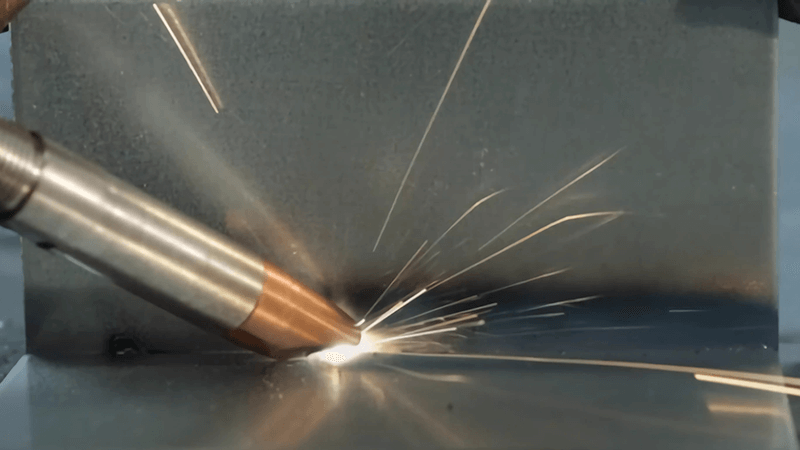
Can you weld thin metal to thick metal?
Welding thin metal to thick metal presents unique challenges. Is it possible, and what technique is required for a strong, consistent weld? Let’s investigate.
Yes, it is possible to weld thin metal to thick metal. The best technique is a combination of heat conduction welding for the thin metal and deep penetration welding for the thick metal. This ensures that both metals are welded effectively without compromising their structural integrity.
Welding thin metal to thick metal is a common challenge in industries where materials with significant thickness differences are often used. The key to success lies in choosing the right technique and controlling the heat distribution6 across the joint.
Combining Techniques for Thin to Thick Metal Joints
A hybrid technique7 is ideal for welding thin to thick metals. In this approach, heat conduction welding is used for the thin material, while deep penetration welding is used for the thick material. The laser's flexibility allows for different heat inputs to be applied to each material, ensuring a strong and consistent weld.
Key Considerations When Welding Thin to Thick Metals
| Factor | Thin Metal | Thick Metal |
|---|---|---|
| Heat Input | Must be minimized to avoid burn-through | Requires deeper penetration for strength |
| Cooling Rate | Needs quick cooling to avoid distortion | Slower cooling to ensure strong bond |
| Weld Penetration | Surface-level penetration only | Deep penetration for strong joint |
| Risk of Warping | High due to lower thermal mass | Lower due to higher thermal mass |
Heat Distribution Challenges
The challenge in welding thin to thick metals lies in balancing the heat distribution. The thin metal is highly sensitive to heat and can easily burn through if exposed to excessive power. The thick metal, on the other hand, requires more heat to ensure deep penetration. Laser welding is ideal because it offers the precision to control heat input and adjust parameters based on the material's thickness and type.
Control and Precision
Laser welding excels in applications where precision is crucial. The ability to focus the laser beam precisely on the area to be welded allows for highly controlled heat input, ensuring that the thinner material does not overheat while the thicker material receives the necessary penetration. This level of precision makes laser welding8 the ideal solution for welding dissimilar materials with significant thickness differences.

What is the best welding stick for thin metal?
When welding thin metals, selecting the right electrode is just as important as the welding technique. What is the best welding stick for these delicate materials? Let’s explore.
For thin metals, thin electrodes are ideal. These electrodes provide a finer arc, allowing for more precision and control during the welding process. This ensures a clean, controlled weld without excessive heat buildup.
The choice of electrode plays a crucial role in welding thin metals. Thin electrodes are preferred because they produce a smaller arc, providing greater control over the weld pool and heat distribution.
Why Thin Electrodes9 Work Best
Thin electrodes are designed to create a smaller, more focused arc, making them ideal for thin materials. The smaller arc allows the welder to have more control, reducing the risk of overheating the material and ensuring a cleaner weld. Thin electrodes also require less heat to achieve fusion, which is especially important for materials like sheet metal and thin aluminum.
Benefits of Using Thin Electrodes for Thin Metals
| Benefit | Explanation |
|---|---|
| Finer Arc10 | Thin electrodes produce a more concentrated arc, perfect for precision welding. |
| Reduced Heat Input11 | Thin electrodes melt with less heat, preventing damage to delicate materials. |
| Less Spatter | The smaller arc reduces the amount of spatter, ensuring cleaner welds. |
| Greater Control | Easier to control for intricate or detailed work on thin materials. |
Material Compatibility
The type of material being welded also influences the choice of electrode. For example, electrodes designed for aluminum have different characteristics than those used for steel. Choosing the right electrode for the material ensures optimal weld quality and reduces the likelihood of defects such as spatter, cracks, or porosity.
Precision and Cleanliness
Thin electrodes not only provide better control over the welding process, but they also help produce cleaner welds with minimal defects. This is crucial for applications that require high-quality finishes, such as in electronics or automotive industries.
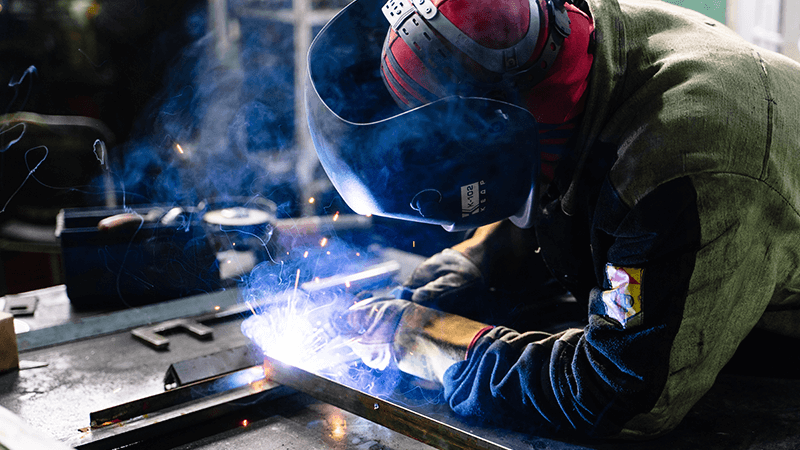
Conclusion
In conclusion, selecting the right welding technique and electrodes for thin and thick metals is crucial to achieving strong, clean, and durable welds. Heat conduction welding works best for thin metals, while deep penetration welding is ideal for thicker materials. When welding different thicknesses, a hybrid approach is most effective. Additionally, choosing the right electrode for thin metals ensures precision and reduces the risk of defects. At Kirin Laser, we offer cutting-edge laser welding solutions12 that provide unmatched control and efficiency for all your welding needs.
Don't hesitate to get your best laser welding machine and laser welding solutions.
-
Explore the benefits of heat conduction welding to understand how it enhances precision and efficiency in metalworking. ↩
-
Discover the fundamentals of laser welding and its advantages over traditional methods for better welding outcomes. ↩
-
Explore this link to understand how the Hybrid Welding Approach optimizes welding for varying metal thicknesses, enhancing efficiency and strength. ↩
-
Learn about optimized heat distribution in welding processes and how it prevents burn-through in thin metals while ensuring strong bonds in thicker ones. ↩
-
Discover the benefits of laser precision in welding, which allows for better control and quality in joining different materials. ↩
-
Understanding heat distribution is crucial for successful welding; learn how to manage it effectively for better results. ↩
-
Discover the hybrid technique's advantages in welding thin to thick metals, combining methods for optimal results. ↩
-
Explore how laser welding can provide precision and control for challenging metal thickness differences, ensuring strong joints. ↩
-
Explore the benefits of thin electrodes in welding to understand how they enhance precision and control, especially for thin materials. ↩
-
Learn how a finer arc contributes to better welding quality and precision, making it essential for delicate projects. ↩
-
Discover why managing heat input is crucial in welding thin metals to prevent damage and ensure strong joints. ↩
-
Explore your best products for laser welding solutions from Kirin Laser. ↩


